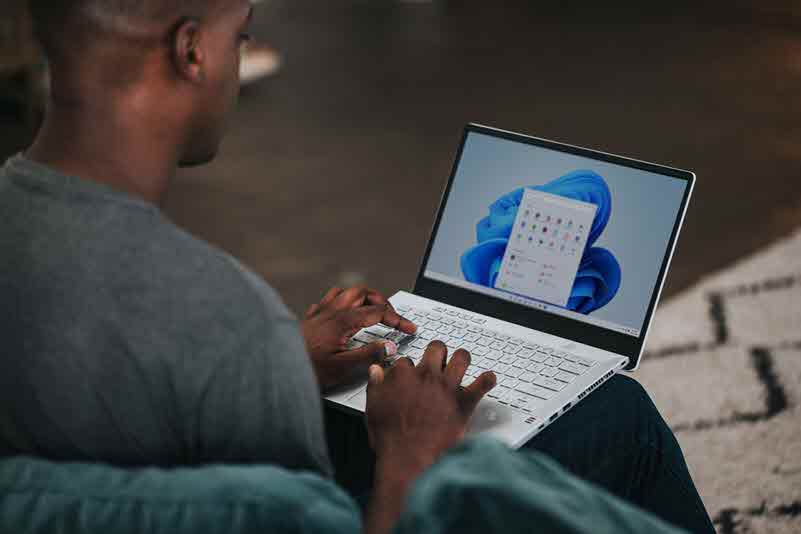Windows 11 Top Features You Should Know

If you just switched to the new Windows version, here are some of the most interesting Windows 11 features that you should know about:
Apart from the new wallpaper and a login chime, the first thing you’d notice is the taskbar. The taskbar has been redesigned, and instead of aligning the Start Menu and app icons to the left, it’s now centered, giving a macOS vibe. However, the System Tray is still in the bottom right corner. If you don’t like it, then you can revert the Start button to the left.
Not just that, even the Start Menu is redesigned. For starters, Live Tiles are finally gone for good, and the Start Menu has all your pinned or favorite apps on top, which you can customize. It would also show recent activities such as the last opened photo, last installed apps, etc. You can click on All apps or simply start typing the app’s name to access all the apps.
Snapping Windows left and light is extremely convenient, but only if you are well accustomed to the keyboard shortcuts (Windows Key + Arrows). Windows 11 makes this a lot more convenient, especially for people who do so once in a while.
You can simply hover your cursor over the minimize-maximize or resize button, and you will see some mini snapping templates that you can choose. This is a lot more convenient and precise than dragging Windows to corners or using keyboard shortcuts. Most importantly, once you have snapped your windows, you won’t lose the setting even if you expand one of the windows independently. However, you can just hover over the icon in the taskbar, and you will see a group option to get back to the Snap settings.
Widgets in Windows 11 are a convenient method to keep track of the things you want to keep an eye on. Aside from the news stream, this is where you may check or keep track of stock prices, the weather, the calendar, your To-do list, and more. You can only install a limited number of widgets, and these are heavily reliant on Microfost services. We expect more third-party options to be added in the future. Users can also resize and personalize the widgets that are offered.
One of the most powerful features of Windows 11 is that you can dictate instead of typing wherever a text field appears. To access this feature, simply hold the Windows Key + ‘H’.
You will now be able to speak instead of typing, and the dictation dialog will be available at the bottom of your screen for options. You can also drag this dialog box anywhere you want on the screen.
With voice becoming more and more popular as user interaction with many devices, voice typing on Windows 11 is really useful – from dictating to-do lists to calendar events or even drafting letters.
Windows 11 adds some extra spacing between distinct files in a folder by default, presumably to improve the touch experience. Switch to “Compact View” if you like the previous Windows 10 spacing. The option is located in the top bar, under the “View” menu.
For users who use command-line tools and shells like Command Prompt, Subsystem for Linux (WSL), PowerShell, and others, the Windows Command Terminal brings a lot of additional functions. You can now open numerous tabs of command-line options, rename and adjust the appearance of distinct windows. The text in the Windows Command Terminal is rendered using the GPU, and it allows custom commands. You can search for Windows Terminal in the search box, or right-click within a folder or on the desktop and choose “Show additional alternatives” from the context menu.
Comments